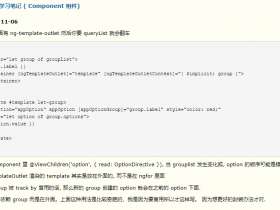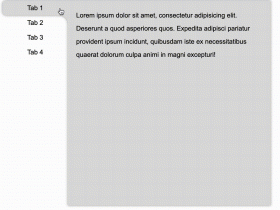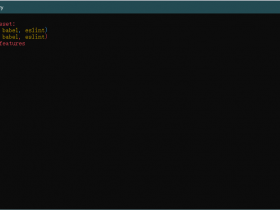- A+
所属分类:Web前端
call,apply,bind都是一种方法。
一,call()
①:call() 是可以 调用函数的。
1 function fn() { 2 console.log(12) 3 } 4 5 fn.call() // 12
②:通过给call() 内部传参,可以改变 this指向。
1 let Dog = { 2 name: '旺财', 3 sayName() { 4 console.log(this.name) 5 }, 6 } 7 8 let Cat = { 9 name: '喵喵', 10 } 11 12 Dog.sayName.call(Cat) //喵喵
③:如果给 call() 内部传递多个参数,那么第一个默认为 改变 this 的参数,后面为传给函数的参数。
1 let Dog = { 2 name: '旺财', 3 sayName() { 4 console.log(this.name) 5 }, 6 eat(food1, food2) { 7 console.log(this.name + '吃的食物是:' + food1 + ',' + food2) 8 }, 9 } 10 11 let Cat = { 12 name: '喵喵', 13 } 14 Dog.eat.call(Cat, '鱼', '骨头') 15 //喵喵吃的食物是:鱼,骨头
第十四行中call()的第一个参数,改变 this 指向,所以 this.name 为‘喵喵’,后面的连个参数为传递给 Dog中eat方法的参数。
二:apply()
apply() 与call() 类似,唯一的区别便是,在十四行传递参数时,后面的传递的参数写到了数组里面。
1 //call() 方法 传参数 2 Dog.eat.call(Cat, '鱼', '骨头') 3 4 //apply()方法传参数 5 Dog.eat.apply(Cat, ['鱼', '骨头'])
三:bind()
bind()传递参数和call()方法一样,只是不会立即执行函数,而是会返回一个函数。
1 let Dog = { 2 name: '旺财', 3 sayName() { 4 console.log(this.name) 5 }, 6 eat(food1, food2) { 7 console.log(this.name + '吃的食物是:' + food1 + ',' + food2) 8 }, 9 } 10 11 let Cat = { 12 name: '喵喵', 13 } 14 let fn1 = Dog.eat.bind(Cat, '鱼', '骨头') 15 fn1() 16 //喵喵吃的食物是:鱼,骨头
大家只要牢记记住 call()方法怎么使用,然后小推一下就能明白 apply() 与bind()的用法了。
实际应用场景:
可以通过 this 的指向,进行函数方法的继承 .可以进行单个或者多个继承。
1 function Animal() { 2 this.say = function () { 3 console.log('我能说话') 4 } 5 } 6 function Fly() { 7 this.fly = function () { 8 console.log('我能飞') 9 } 10 } 11 12 function Cat() { 13 // Cat 的this指向为cat 14 Animal.call(this) 15 //Animal 中的 this 指向也为 cat 16 Fly.call(this) 17 //同理 Fly中的 this 也指向了 cat 18 } 19 let cat = new Cat() 20 cat.say() 21 cat.fly()
感谢观看!如果错误,还望指出。




